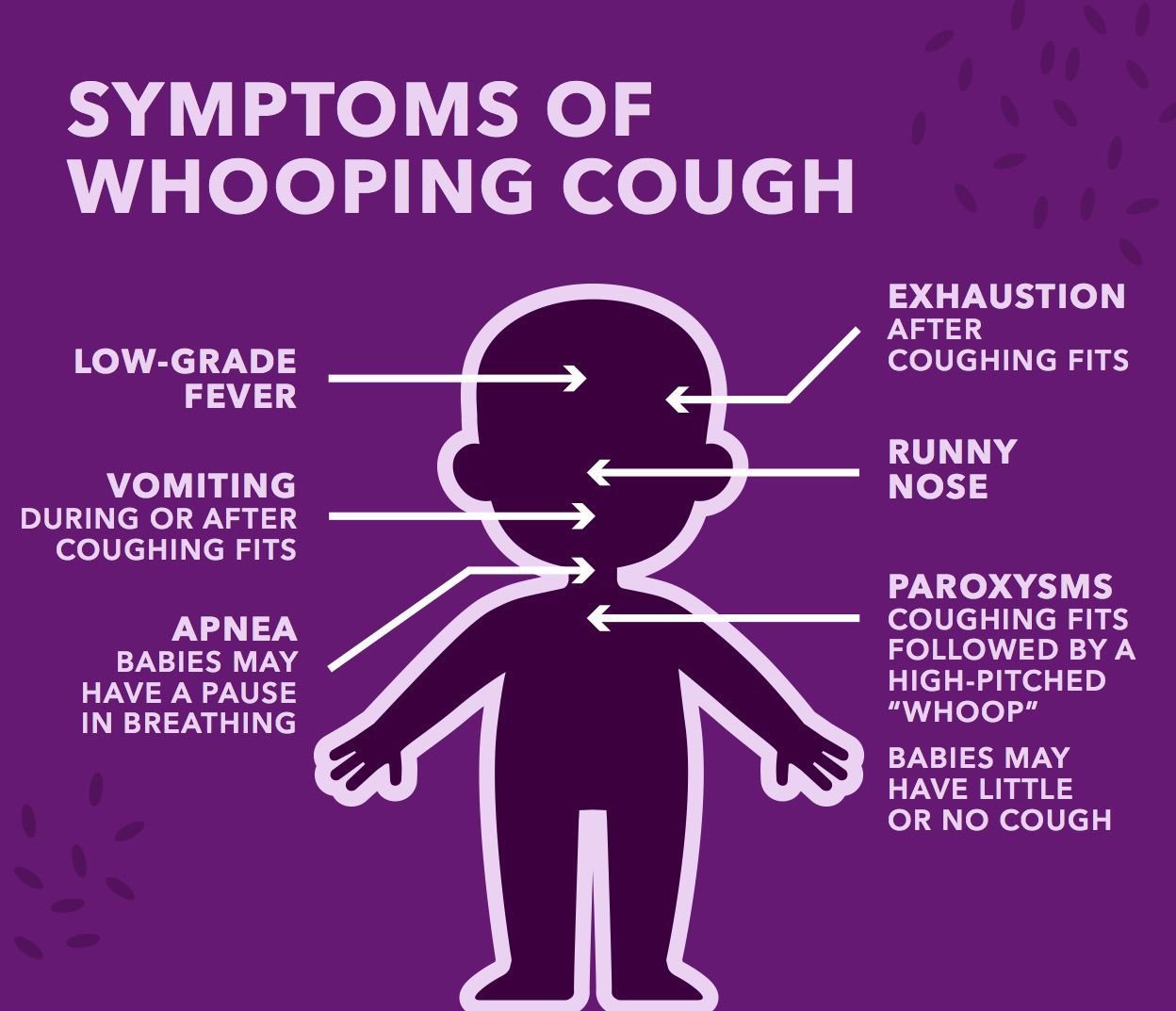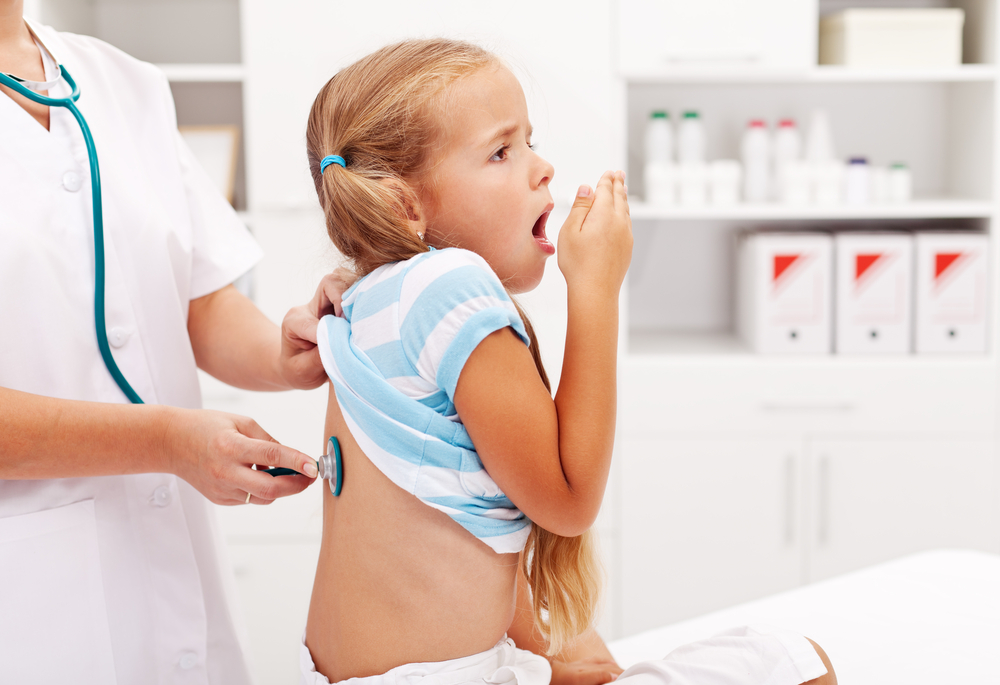Whooping Cough Symptoms present a significant health concern, particularly for infants and young children. This highly contagious bacterial infection, medically known as pertussis, is characterized by severe coughing fits followed by a “whooping” sound during inhalation. Understanding the various symptoms, their progression, and the importance of early diagnosis is crucial for effective management and prevention of this potentially serious illness.
This guide explores the diverse manifestations of whooping cough across different age groups, highlighting key differences and providing essential information for recognizing and addressing this respiratory infection.
The causative agent,
-Bordetella pertussis*, spreads easily through respiratory droplets produced during coughing or sneezing. Infants are especially vulnerable due to their underdeveloped immune systems, often experiencing severe complications. Older children and adults may present with milder symptoms, potentially leading to delayed diagnosis and increased transmission. This guide will delve into the specifics of symptom presentation across various age groups, the stages of the illness, and how to differentiate whooping cough from similar respiratory infections.
Whooping Cough: Understanding the Symptoms and Stages: Whooping Cough Symptoms
Whooping cough, also known as pertussis, is a highly contagious respiratory infection characterized by severe coughing fits. Understanding its symptoms, particularly in different age groups, is crucial for early diagnosis and treatment.
Defining Whooping Cough
Pertussis is the medical term for whooping cough. This highly contagious disease is caused by the bacterium Bordetella pertussis. Transmission occurs primarily through respiratory droplets produced when an infected person coughs or sneezes. Direct contact with these droplets, or indirect contact through contaminated surfaces, can lead to infection.
Common Symptoms in Infants
Infants, being particularly vulnerable, often present with atypical symptoms. Early diagnosis is challenging due to their inability to communicate effectively.
| Symptom | Severity | Frequency | Duration |
|---|---|---|---|
| Apnea (periods of stopped breathing) | Variable; can be life-threatening | Intermittent; may occur during coughing fits | Seconds to minutes |
| Coughing fits | Mild to severe | Variable; may be frequent | Days to weeks |
| Cyanosis (bluish discoloration of skin) | Variable; can be severe | Intermittent; during coughing fits | Brief |
| Poor feeding | Mild to severe; impacting weight gain | Continuous | Weeks |
Diagnosing whooping cough in infants can be difficult because the characteristic “whooping” sound is often absent. Infants may also present with nonspecific symptoms, making it challenging to distinguish pertussis from other respiratory illnesses. Potential complications include pneumonia, seizures, and even death.
Symptoms in Older Children and Adults
Older children and adults typically experience a more classic presentation of whooping cough, although symptom severity can vary.
In older children and adults, common symptoms include a severe, prolonged cough, often followed by a characteristic “whooping” sound during inhalation. Other symptoms may include runny nose, fever, and fatigue. The “whooping” sound is less common in adults, and the cough may be less severe than in younger children. Symptom presentation can vary significantly based on age and overall health.
Less Common Symptoms, Whooping Cough Symptoms
While less frequent, certain symptoms can be indicative of pertussis. Their subtle nature can lead to delayed diagnosis.
- Vomiting during or after coughing fits
- Fatigue and exhaustion
- Apnea (in infants and young children)
- Encephalopathy (rare, but serious brain complication)
These less common symptoms might be overlooked because they are not always associated with a classic whooping cough presentation. For instance, fatigue might be attributed to other factors, while vomiting might be dismissed as a separate gastrointestinal issue.
Stages of Whooping Cough

Source: townnews.com
Whooping cough typically progresses through three distinct stages.
- Catarrhal Stage (1-2 weeks): Mild cold-like symptoms, such as runny nose, sneezing, and mild cough.
- Paroxysmal Stage (2-8 weeks): Severe coughing fits, often followed by a “whooping” sound during inhalation. Vomiting and exhaustion are common.
- Convalescent Stage (weeks to months): Gradual improvement in symptoms, although occasional coughing fits may persist for several weeks or even months.
Illustrating Symptom Severity
Imagine a graph with age groups (infants, young children, older children, adults) on the x-axis and cough severity on the y-axis. Infants would show the highest severity initially, often represented by a steep, high peak, reflecting the risk of apnea and other complications. Young children would show a high peak, but potentially less steep than infants. Older children and adults would have lower peaks, indicating less severe coughs.
The graph would visually demonstrate that while the cough may be less severe in older age groups, the potential for complications in infants highlights the importance of early detection.
Differentiating Whooping Cough from Other Illnesses

Source: futurecdn.net
Distinguishing whooping cough from similar respiratory illnesses is crucial for appropriate treatment.
| Symptom | Whooping Cough | Common Cold | Influenza |
|---|---|---|---|
| Cough | Severe, paroxysmal, often with “whoop” | Mild to moderate, usually not paroxysmal | Variable; can be severe and persistent |
| Fever | May be present, but often mild | Usually mild or absent | Often high |
| Runny nose | Present in early stages | Common | May be present |
| Fatigue | Common, particularly during paroxysmal stage | Mild | Significant |
Misdiagnosis can occur if the characteristic “whooping” sound is absent, especially in adults, or if other symptoms overshadow the cough.
When to Seek Medical Attention
Prompt medical attention is vital to prevent serious complications.
If you suspect whooping cough:
1. Contact your healthcare provider.
2. Describe your symptoms.
3.
Follow their recommendations for testing and treatment.
4. Seek immediate medical attention if you experience severe coughing fits, difficulty breathing, or cyanosis.
Delaying medical treatment can lead to severe complications, particularly in infants and young children, including pneumonia, encephalopathy, and even death. Early diagnosis and treatment with antibiotics can significantly reduce the severity and duration of the illness.
Recognizing whooping cough symptoms early is crucial for effective treatment. Parents concerned about potential exposure should seek immediate medical attention, and if facing financial strain during this time, exploring options like those listed on knoxville craigslist gigs might offer temporary relief. Prompt diagnosis and treatment of whooping cough are vital to prevent serious complications.
Epilogue
Recognizing whooping cough symptoms promptly is vital for effective treatment and minimizing potential complications. While the characteristic “whooping” cough is a hallmark sign, the diverse symptom presentation across age groups underscores the need for vigilance. Early medical intervention is crucial, especially in infants and those with underlying health conditions. By understanding the nuances of this disease, we can work towards better prevention and improved outcomes for individuals and communities affected by whooping cough.
